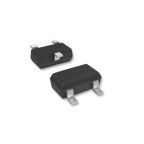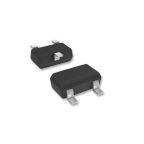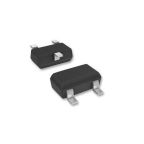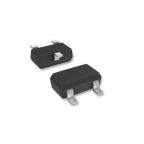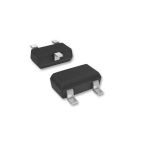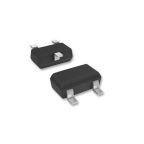Hall Effect Switches
Hall effect switches are electronic devices that use the Hall effect to detect the presence or absence of a magnetic field. The Hall effect is a phenomenon in which an electric current is generated perpendicular to both the direction of the current and an applied magnetic field when a conductor is subjected to the magnetic field.
Hall effect switches typically consist of a Hall sensor, which is a semiconductor device, and a magnet. When a magnetic field is present near the Hall sensor, it generates a voltage proportional to the strength of the magnetic field. This voltage can be used to trigger a switching action.
The operation of a Hall effect switch is based on the principle that the magnetic field affects the flow of current in the Hall sensor. When a magnetic field is absent, the Hall sensor produces a baseline voltage. However, when a magnetic field is applied, it causes a shift in the voltage level. This change in voltage can be used to turn on or off another circuit, such as a transistor, relay, or microcontroller, which controls various functions based on magnetic field detection.
Find out more about Hall effect sensors.
Hall Effect Switch Types & Key Features
- **Digital: **Provides a high or low voltage signal (ON/OFF) when a magnetic field is detected.
- **Linear (Analog): **Produces a continuously variable voltage output proportional to the strength of the magnetic field.
- **Open Drain: **A type of digital output where the output transistor switches to ground when activated.
Other Buyer Considerations
- **Terminal Type: **Options include PCB pins, wire leads, or connectors for easy integration.
- **Contact Configuration: **Common configurations include SPST (Single Pole Single Throw) or SPDT (Single Pole Double Throw) for different switching needs.
What are the benefits of Hall Effect Switches?
- Non-contact operation: They can detect magnetic fields without the need for physical contact with the magnet, which allows for increased reliability and durability.
- Wide operating range: They can detect a wide range of magnetic field strengths, from weak to strong.
- Solid-state reliability: Since Hall effect switches are based on semiconductor technology, they are not subject to mechanical wear and tear.
- Fast response time: They can detect changes in magnetic fields quickly, enabling rapid switching operations.
- Low power consumption: They typically require very low power to operate.
Applications
- Proximity sensing
- Magnetic encoders
- Flow meters
- Motor control
- Automotive applications
- Consumer electronics
- Magnetic switches
- Security systems
Popular Searches
Related links
- DiodesZetex Hall Effect Switch Surface Mount Linear, 2.2 → 6 V
- DiodesZetex Hall Effect Switch 6mA Surface Mount Latching, 2.7 → 27 V
- DiodesZetex Hall Effect Switch 360 nA Surface Mount Open Drain 1.6 → 3.6
- Apem IP67 Hall Effect Push Button Switch 9mA 1.25mA Plunger Pre-wired Linear 4.5 → 5.5 V
- Elma Hall Effect Switch
- Otto Hall Effect Switch Button Through Hole, -40 → +85°C
- Otto Hall Effect Switch Dome Through Hole Momentary, -40 → +85°C
- Infineon Hall Effect Switch 6mA 20mA Solder Pin Digital 2.7 V → 18 V
